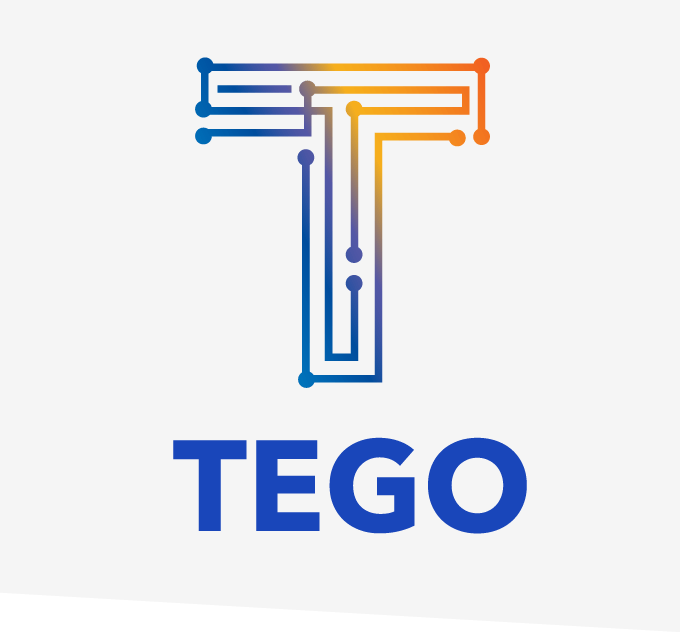By Timothy Butler, CEO
With its introduction last week of Greengrass, AWS paid a huge favor to anyone seeking to extract more value from IoT data. In his blog, AWS’s CTO Werner Vogels describes three “laws” that define why localized data processing (a.k.a., edge computing) is important:
Physics. It takes time to send data to the cloud, and networks don’t have 100% availability. Customers in physically remote environments, such as mining and agriculture, cannot afford to let these issues affect their operations.
Economics. The IoT creates a lot of data, much of it low-value. Businesses need to be able to keep and conduct analysis only the high-value data.
Regulations. Legal requirements often call for data to be isolated, duplicated or handled in a very specific way. Some governments even impose restrictions on where data may be stored or processed. (I.e., data cannot be transported physically or electronically at all).
On several fronts, Amazon sees the same opportunity as Tego. Both organizations are truly endeavoring to break down barriers for IoT adoption that stem from a need for always-on connectivity. The company also reinforces much of what Tego has understood for years, that there is tremendous power in getting data closer to assets, so that decision-making can be made by workers who are in the fray. Sometimes, the most important decisions can only be informed from short-lived data, and at a precise moment in time. Once that moment’s passed, the data loses its value, and the opportunity is lost.
Even still, Amazon seems to lack real understanding about where the transformative effects of edge computing lie. Where does the data originate? Is it able to share a unique historical context with employees? Does it allow on-site personnel to improve downstream outcomes? This is where putting data onto assets becomes the missing link. When data travels with an object, and is able to become progressively more detailed at every point of human interaction, humans can absorb and contribute to the organization’s intelligence in ways that add meaning to their roles. Edge computing is not just about creating faster, quicker, data. It’s about finding better ways to use data, and that requires active employees who are enabled to own the process.
Greengrass appears destined to help with decisions at the point of read, but another question lingers: can it likewise make human assets more valuable? Big, enterprise value has to start with a small, specific improvements in job roles and performance. That’s what will drive positive, enterprise-level outcomes. An airline empowers its ground crews to reduce time on the tarmac and thus improve overall profitability; medicines prove their authenticity to an aftermarket caregiver through an embedded, digital signature with NSA-level encryption, and expand trust for a brand; line workers in an aseptic pharmaceutical plant use data to protect the company against batch-level contamination and the specter of a vast recall. Focus on solving small issues, and they will add up to BIG!
Amazon, please show us the path for Greengrass to “go big.”
To learn more about why data at an asset’s physical layer matters, schedule a demo here.




